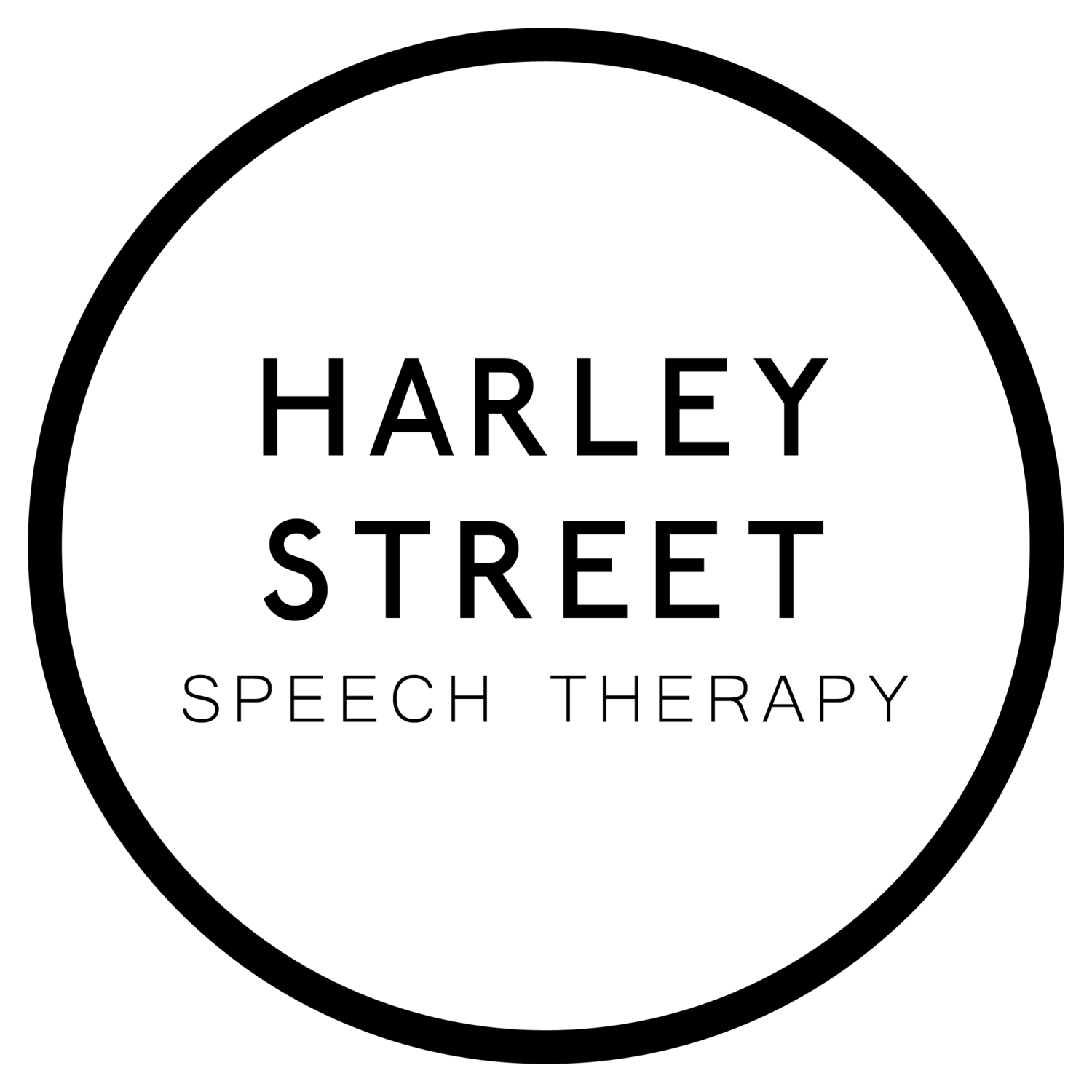Glossary of Useful Terms
Acceptance and Commitment Therapy (ACT)
A therapy approach which makes use of Acceptance and Mindfulness strategies along with commitment and behaviour-change strategies to increase psychological flexibility. ACT has been shown to be helpful in helping people who stammer.
CELF (Clinical Evaluation of Language Fundamentals)
A comprehensive battery of standardised language tests used to diagnose language disorders in patients between the ages of 5 - 21. When assessing stammering it is important to first look at underlying language skills; the CELF will likely be used at your child’s initial consultation.
Cluttering
A disorder of fluency characterised by a rapid rate of speech, erratic rhythm, and unconventional syntax/grammar, which can make speech difficult to understand.
Cognitive Behavioural Therapy
A therapy approach which aims to help by changing the way you think, respond and behave.
Costal Breathing
Also known as Diaphragmatic Breathing, an approach which aims to assist more fluent speech by expanding the ribcage.
Desensitisation
An approach aimed at introducing the patient gradually to feared situations. In stammering therapy, this may involve phone calls, voluntary stammering or attendance at group therapy events.
Dysfluency
A disorder of fluency, in most cases stammering/stutteringg but also includes Cluttering. Speech and Language Therapists typically use the term ‘Dysfluency’ to refer to stammering.
Easy Onsets
A fluency technique used to help produce vowel sounds at the start of words.
McGuire Programme
A popular residential course for people who stammer.
OASES (Overal Assessment of the Speaker’s Experience of Stuttering)
An assessment which measures the impact stammering has on a patient. There are three version; one for ages 7-12, one for ages 13-17, and one for adults. It comprises a series of multiple-choice questions and measures the impact of stuttering across four different areas: General Information, Speaker’s Reactions, Daily Communication, and Quality of Life. The results from your assessment are used for setting therapy goals and measuring progress.
Parent-Child Interaction
A therapy approach which makes use of videoing interactions and reflecting on them in order to build more communication-friendly environments at home.
Plosive
A type of consonant, formed by complete constriction of airflow followed by a rapid release. There are 6 plosives in English: /p/, /b/, /t/, /d/, /k/ and /g/. Plosives are often a good place to start when looking at articulatory strategies.
Psychogenic Stammering
Stammering which arises as a result of a traumatic event.
STAMMA
Formerly the British Stammering Association, the UK’s main charity for people who stammer.
Starfish Project
A popular residential course for people who stammer, based in the UK.
Voluntary Stammering
Put simply, stammering on purpose. Speech Therapists encourage people who stammer to use occasional voluntary stammering as a desensitisation exercise.
